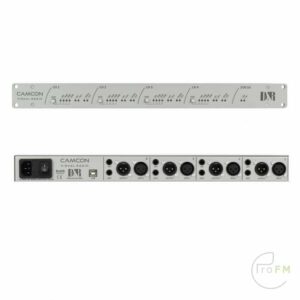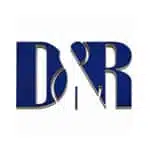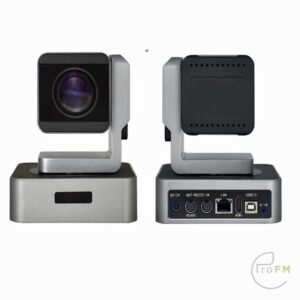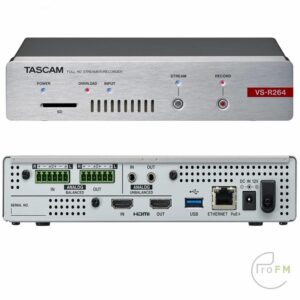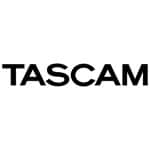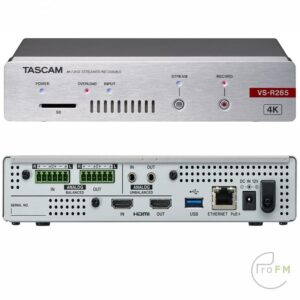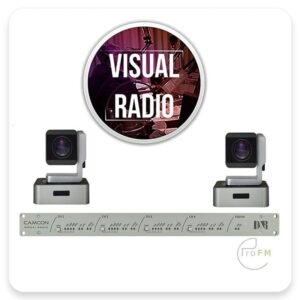
Visual Radio
Visual radio, also known as radio with pictures or radio that can be viewed, introduces a video component to the traditional audio broadcast. Incorporating visual elements into a radio studio enhances the overall audience experience and opens up new possibilities for content creation. Here are several uses for this in a radio studio:
Live Studio Feeds:
Allow the audience to see behind-the-scenes action by providing live video feeds of the studio. This can include DJs at work, guest interviews, and the overall production process.
Interviews and Guest Appearance:
Showcase live or recorded video interviews with studio guests, musicians, authors, or other personalities. Visual radio adds a personal touch and connection for the audience.
Visualizing Music Playlists:
Display album covers, artist information, and music videos while playing songs. This enhances the listener’s engagement and provides a more immersive experience.
Interactive Shows:
Enable audience interaction through video calls, social media feeds, or live chats. Visual radio allows DJs to respond to listener comments in real-time, creating a more engaging and interactive show.
Event Coverage:
Extend the radio station’s reach by covering events visually. This could include concerts, community gatherings, or special broadcasts, providing a multi-sensory experience for the audience.
Advertising and Sponsorship:
Incorporate visual elements into advertisements and sponsorship mentions. Visual radio allows for creative and visually appealing promotional content.
Reinforce the station’s brand by incorporating visual elements in line with the station’s identity. This can include on-screen graphics, overlays, and thematic visuals.
Visual radio adds a dynamic layer to the traditional radio experience, appealing to a broader audience and aligning with contemporary media consumption habits. It’s a powerful tool for broadcasters to stay relevant and connect with their audience in new and innovative ways.
Showing all 4 results

